Camino de Santiago Information- Questions and Answers
1. BASIC CAMINO DE SANTIAGO INFORMATION
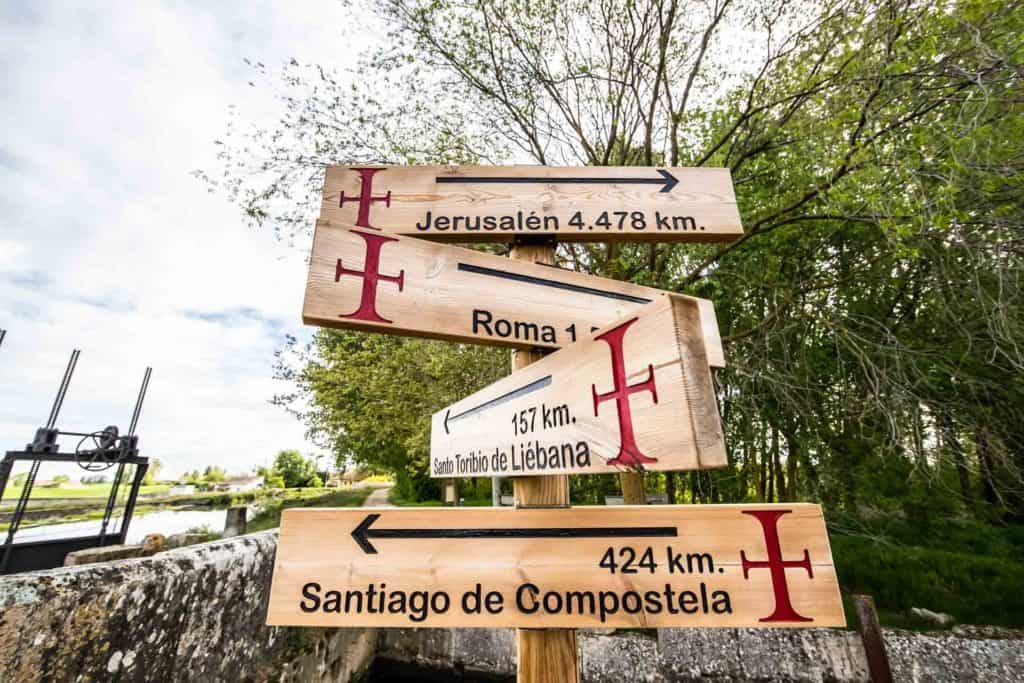
Is there only 1 Camino de Santiago?
The Camino de Santiago is a generic description of the numerous routes which lead to Santiago de Compostela. There are many routes leading to Santiago de Compostela. These include paths from England, France, Germany, Scandinavia, and the list goes on. The Camino Francés, or the French Route, has become by far the most popular route to Santiago de Compostela. The Camino Portuguese has grown in popularity over the past 10 years and is the second most walked Camino de Santiago. The routes we follow (and the ones mentioned above) are marked paths that are maintained by various local governments. When walking the trail, you may meet pilgrims who opened their front door and walked directly from there. Eventually these pilgrims will join a known and marked Camino path, however, they created their own little Camino path right from their home.
Where is the starting point?
Most commonly people start the Camino Francés in St. Jean Pied de Port in the French Pyrenees or Roncesvalles in the Spanish Pyrenees.
Others start the route in Le Puy-en-Velay in France (as part of the GR65, or Grande Randonée from Geneva to Roncesvalles), or from Toulouse following the Via Tolosana (the Arles Route) joining the Camino Aragonés through the Aragón region of Spain.
The Camino del Norte (the Northern Camino) follows the Cantabrian and Asturian coastlines towards Galicia and starts in the city of Irún, near San Sebastián in the Basque region of Spain.
The route from Canterbury, England to Rome, Italy is known as the Via Francigena. This walk is another one of the principal Christian pilgrimage routes, crossing the English Channel into France, through Switzerland then Italy.
And of course, there are other routes that don’t pass through Santiago de Compostela. The San Salvador ends in Oviedo, or you could walk to the “End of the World.” This route is called the Finisterre Route. It starts in Santiago de Compostela and continues west all the way to the sea.
What is the significance of the scallop shell?
Like many things related to the Camino, myth and legend surround the significance of the scallop shell. Medieval pilgrims to Santiago would, if they survived the journey, have returned home with a scallop shell. These pilgrims would have walked all the way to Finisterre and the Atlantic Ocean. Scallop shells are typically found on the coastline of Galicia. The shell was a medieval souvenir and also proof that the pilgrim had completed their journey. Pilgrims returning from Jerusalem brought a palm branch, and those from Rome would collect the crossed keys of St Peter.
Other people who share Camino de Santiago information, say the shell was also a practical method for drinking water from streams whilst on the return trip home. The legend of the scallop shell refers to one of the miracles of St James. According to the story, a knight fell into the sea on his horse. He was raised from his watery grave covered in scallop shells. Whatever the origins of the symbol of the scallop shell, you will see it all along the Camino. Most people wear a scallop shell on their backpack to show they are a pilgrim.
Is it a religious pilgrimage?
Of course, the origins of the Camino are Christian and many people still walk the Camino as a religious pilgrimage. However, the majority of people are walking for a variety of reasons, spiritual or otherwise. The Camino is a very tolerant environment and you will find most people are interested in and respectful of the motivations of others.
2. PRACTICAL CAMINO DE SANTIAGO INFORMATION

What should I pack for my trip?
This is very important Camino de Santiago information and our advice is to not bring too much! You can buy lots of things when you get here. Also, the less you bring from home, the more room you will have to fill your suitcase full of souvenirs from the Camino!
Clothes
- Clothes made from quick-drying fabrics, rather than cotton.
- Waterproof jacket.
- Quick-dry short-sleeved tops.
- Quick-dry long-sleeved tops.
- Fleece pullover or jacket.
- Quick-dry walking pants – the ones that zip off to make shorts are a good option.
- Walking socks – make sure that you have tested them out with your footwear!
- Hat – with good sun protection for your face and neck.
- For chilly early mornings, bring a pair of gloves.
- Comfortable pair of walking boots or shoes – make sure it´s the right one!
- A pair of shoes to wear at the end of the day.
- Something casual to wear in the evenings.
Other Stuff
- Daypack for daily use. Around 20 liters should be more than enough, but make sure you test-run it before your trip.
- We recommend a hydration system such as Camelbak or similar. We find these most convenient to ensure you keep hydrated. But, if you prefer, a water bottle is fine.
- Earplugs – just in case of local fiestas which tend to go on all night…
- Basic First Aid essentials including blister protection such as Compeed – you can buy more on the trail but it´s good to bring some just in case.
- Sunscreen – you can always pick up more if you need it.
Optional
- Pair of waterproof pants – unless the weather is very cold, it´s usually best to walk in shorts when it´s raining as your skin is the best waterproof device! However, if you can´t stand wet legs, it might be worth bringing some.
What should I leave at home?
It´s best not to bring valuables. You will be moving around a lot. It is very easy to forget things when you are packing your suitcase.
Can I bring my walking poles?
If you would like to bring your walking poles check with your airline about whether you need to check them in or carry them on. If you need replacement poles or decide you would like to use walking poles once you are on the trail, you can easily pick some up in local shops along the trail.
Are walking boots essential?
This is really a personal decision. You will be spending a lot of time on your feet, so the most important thing to consider is comfort. You don´t need rigid mountaineering boots, but if you like to have some ankle support, lightweight waterproof boots are a good option. Otherwise, a good quality waterproof walking shoe with a good grip is fine. In fine weather, you can walk most of the trails in running shoes and even walking sandals such as Tevas.
Make sure you do plenty of walking in the boots/shoes you plan to bring in order to check they are suitable!
A good idea is to bring some spare footwear for exploring towns in the evenings. These can also substitute for your normal daily walking shoes if you get wet or get blisters and need to change your footwear.
What type of training should I do?
It´s a good idea to get your legs and feet used to walking several miles at a time. Try to walk 5-10 miles a couple of times before your trip – including some uphill and downhill and carrying your backpack! It is important to remember you have all day to walk and there are lots of places to stop, rest and refuel! Our experience is that you will quickly develop stamina and become accustomed to walking every day. If you do some walking prior to your trip you will definitely be more prepared and enjoy the experience more.
I am a very slow walker. Will that be a problem?
This is our MOST important Camino de Santiago information and advice! We encourage everyone to walk at their own pace. The Camino is not a race and you want to enjoy yourself. When you slow down or speed up to walk with others, you find you may have issues with your body and/or feet.
Is it possible to get lost?
It´s always possible to get lost! However, it is very difficult to lose your way. The routes are very well-marked. Also, a local or another pilgrim will soon let you know if you get off the trail.
The trail is marked in many different ways. On natural paths, you will find stone-markers counting down the kilometers to Santiago de Compostela. In cities, you should look down on the streets as they are often marked with plaques or markings placed directly on the trail. These vary from city to city, so do make sure you bear that in mind. The most popular marking is the yellow arrow. These are consistent throughout the Camino and following them will get you to Santiago de Compostela. Be Warned!! Sometimes establishments will paint different color arrows to lead you off the Camino to their bar, Albergue, etc (often not too far). Make sure you follow the yellow arrows, unless of course you want a hot drink and a stamp!
If you come to a crossing point and don’t see a sign – STOP and look. There will be one. In the unlikely event you get lost, ask anyone you see ‘Dónde está el camino?’ and they will point you in the right direction.
Does everyone get blisters?
No! Blisters are a hazard of walking long distances but are usually a result of not looking after your feet. If you have well-fitting footwear and socks and make sure you stop and deal with developing “hotspots” on your feet, you should not have a problem.
Are there public bathrooms along the Way?
Public bathrooms on the Camino are rare. You can use the bathroom in bars and cafes but always offer to buy something or leave 50 céntimos on the bar. It is not often you will need to go more than 2-3 miles without a bar to stop. Or you can, of course, commune with nature in convenient woodland. This is accepted along the trail as long as you are respectful to the other walkers and do not leave anything behind!
3. CAMINO DE SANTIAGO INFORMATION ON TRANSPORTATION
How do I get to the starting point of the Camino?
Options on how to get to the starting point vary from trip to trip. Below are a few links to get you started:
By air… For long distances, flying is a good option. Check the Aena website www.aena.es for destinations within Spain and the Italian Airport Guide for Italy www.italianairportguide.com. For France check www.aeroport.fr.
By bus… For long bus journeys within Spain, book a “Supra” bus – these are very comfortable. You can check routes and prices and book tickets online through the National bus company, Alsa www.alsa.es.
By train… Trains generally take longer than buses, except for some high-speed trains. “AVE” trains in Spain have very high-speed links from Madrid to some major Spanish cities. Check the Renfe website for more details.
For France, the TGV has high-speed links across Europe www.tgv.com.
For links from the UK to France check Eurostar www.eurostar.com.
For Italy check the European TVG network www.tgv-europe.it.
4. CAMINO DE SANTIAGO INFORMATION ON FOOD
Breakfast
Most hotels provide breakfast included with the cost of the room. Usually, breakfast time is between 7:30 am and 10 am. A normal breakfast in Spain, France, and Italy is very light and consists of coffee, tea or hot chocolate, orange juice and toast or croissants. In some accommodation, breakfast is more substantial. Many of the establishments are providing more options for breakfast. Now you can find eggs, cheese and yogurt.
If you are walking with Andaspain and breakfast is on the light side we make sure we augment it to prepare you for your day of walking!
What about lunch?
This is very important Camino de Santiago information. Lunch in Spain is eaten between 2.00 pm and 4.00 pm. In Italy and in France at around 1 pm.
On our tours, we often provide picnic lunches. (Check our fully-guided tours for how many lunches are included in each trip.) On these days, we prepare lunch to eat at a picnic spot on the trail. If the weather is bad, don´t worry, we will find a restaurant to eat our lunch out of the rain!
On days where we don´t provide lunch or if you are on a self-guided Camino tour, you can stop in one of the many bars and restaurants along the way. You can eat-in or pick up provisions to make your own picnic. There are many places along the way to find food!
And dinner?
Dinner is usually late in Spain! Many restaurants do not open before 8.00 pm. This gives you time to have a shower, relax and recuperate, explore the area and maybe have a glass of wine! If you do not want to wait until the restaurants open, you can find some tapas or lighter food options.
Is the water safe to drink?
Tap water is absolutely fine to drink. There are public water fountains along the trails. We don´t recommend drinking from them as we can´t guarantee the cleanliness of the water.
I am a vegetarian/vegan. Will I be able to find suitable food?
Yes! Vegetarian food is not the norm and options can be limited. Restaurants along the Camino are getting much better at understanding and providing vegetarian options. Just make sure you have some basic phrases to express your dietary needs. If you walk with us, we will ensure this is not a problem.
5. BUEN CAMINO!
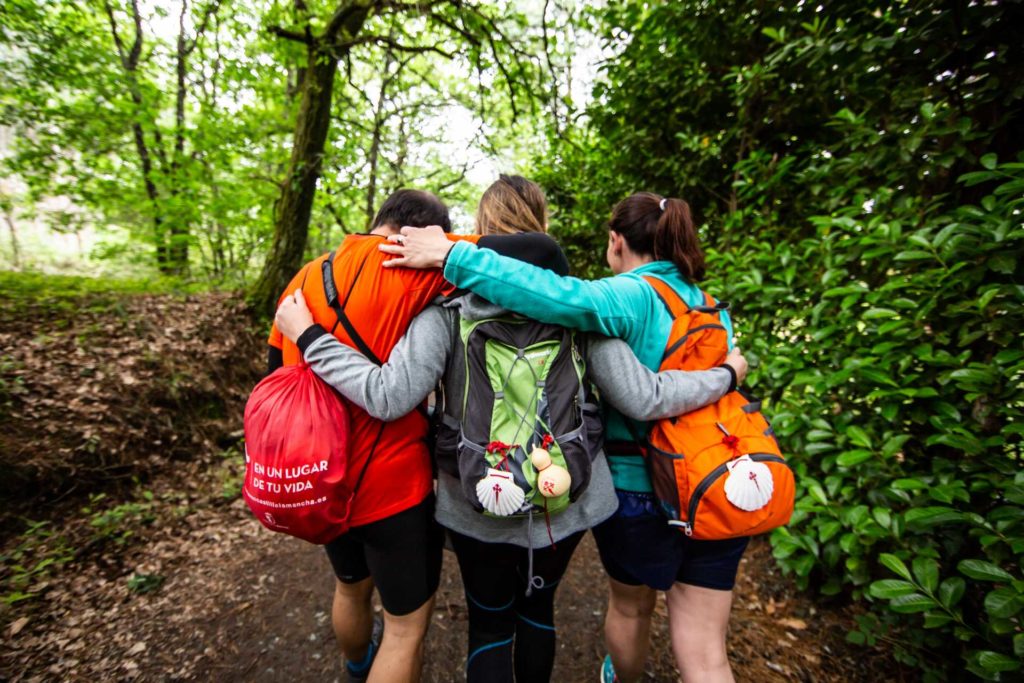
This is a phrase you will hear, and hopefully say too, as you walk this beautiful and historic road to Santiago de Compostela. It literally means “Good Way” in Spanish. Local people and other pilgrims will wish you a good journey as you pass through the many hamlets and small market towns that have lined the Camino de Santiago for centuries. If someone says it to you, the reply is ‘Gracias, igualmente’ (Thank you and to you); or you can just say it back, ‘BUEN CAMINO!’

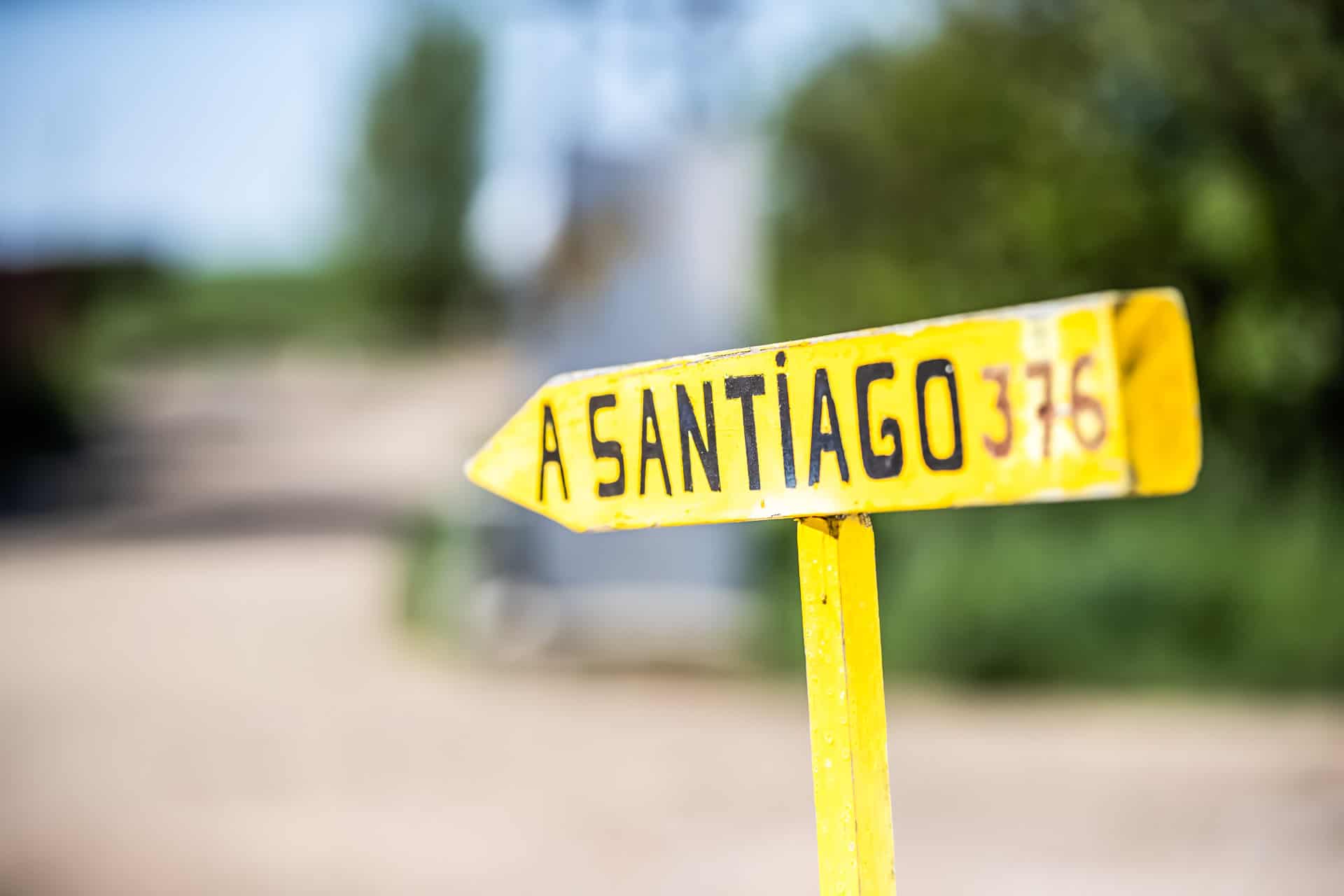

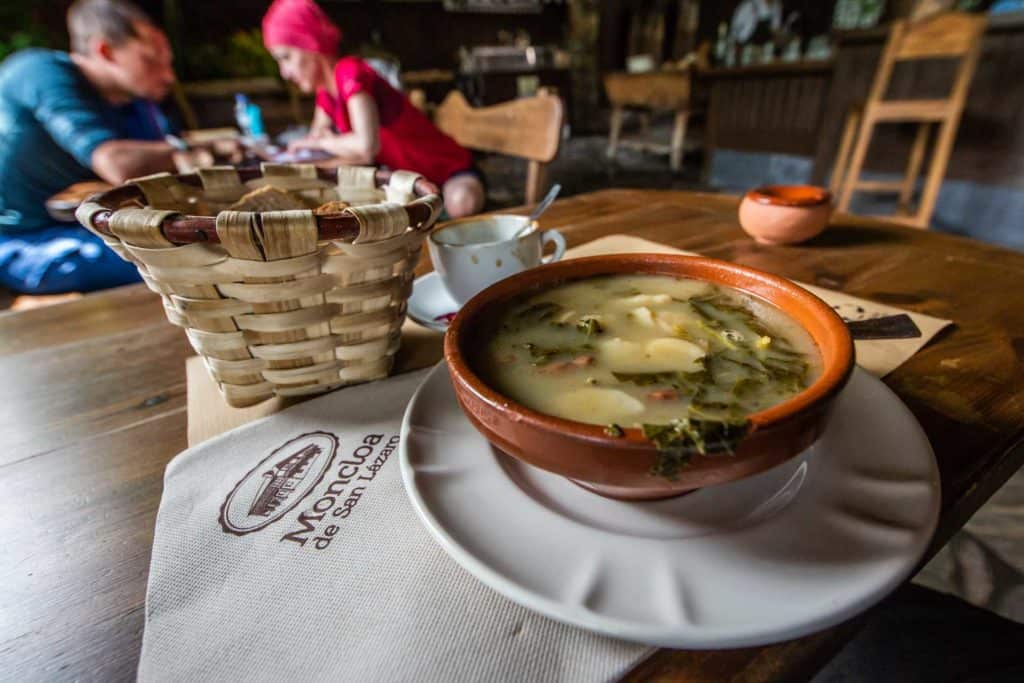
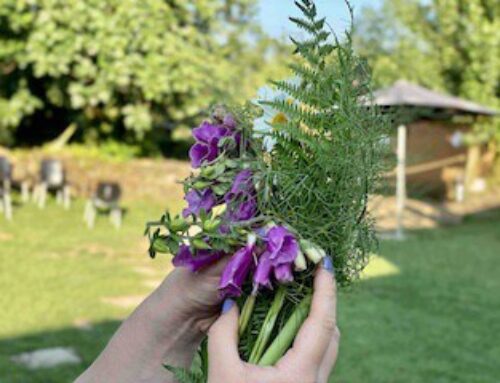
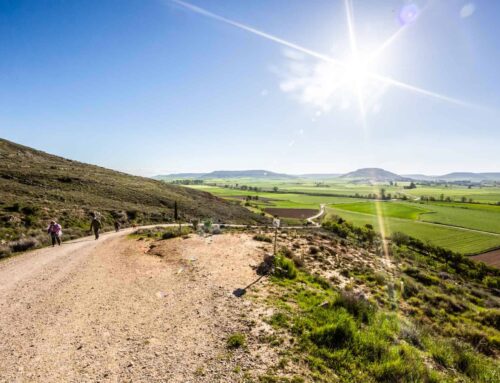
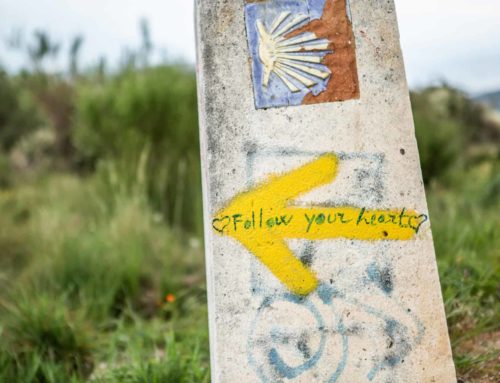
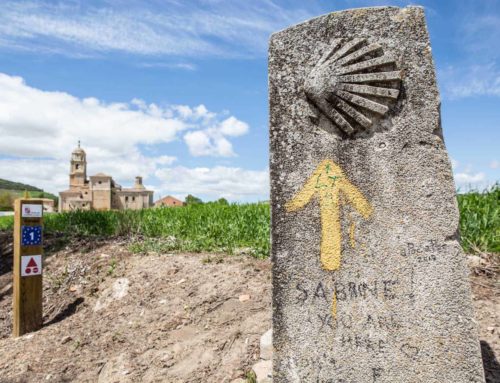
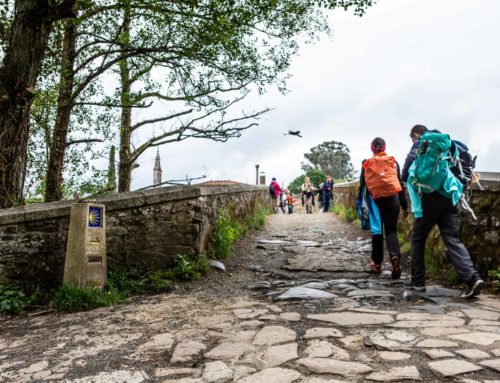
[…] regarding our Camino Walking Tours 2020 such as how to train and what to pack, Check out our Informative Article on our Blog page. Or if you are curious about the myth and legend behind the Way, check out our […]
[…] some other essential equipment you should trail trial before taking off. You can find a detailed packing list on our Andaspain website. A light layer for the first couple of hours on the Camino is a must. You […]